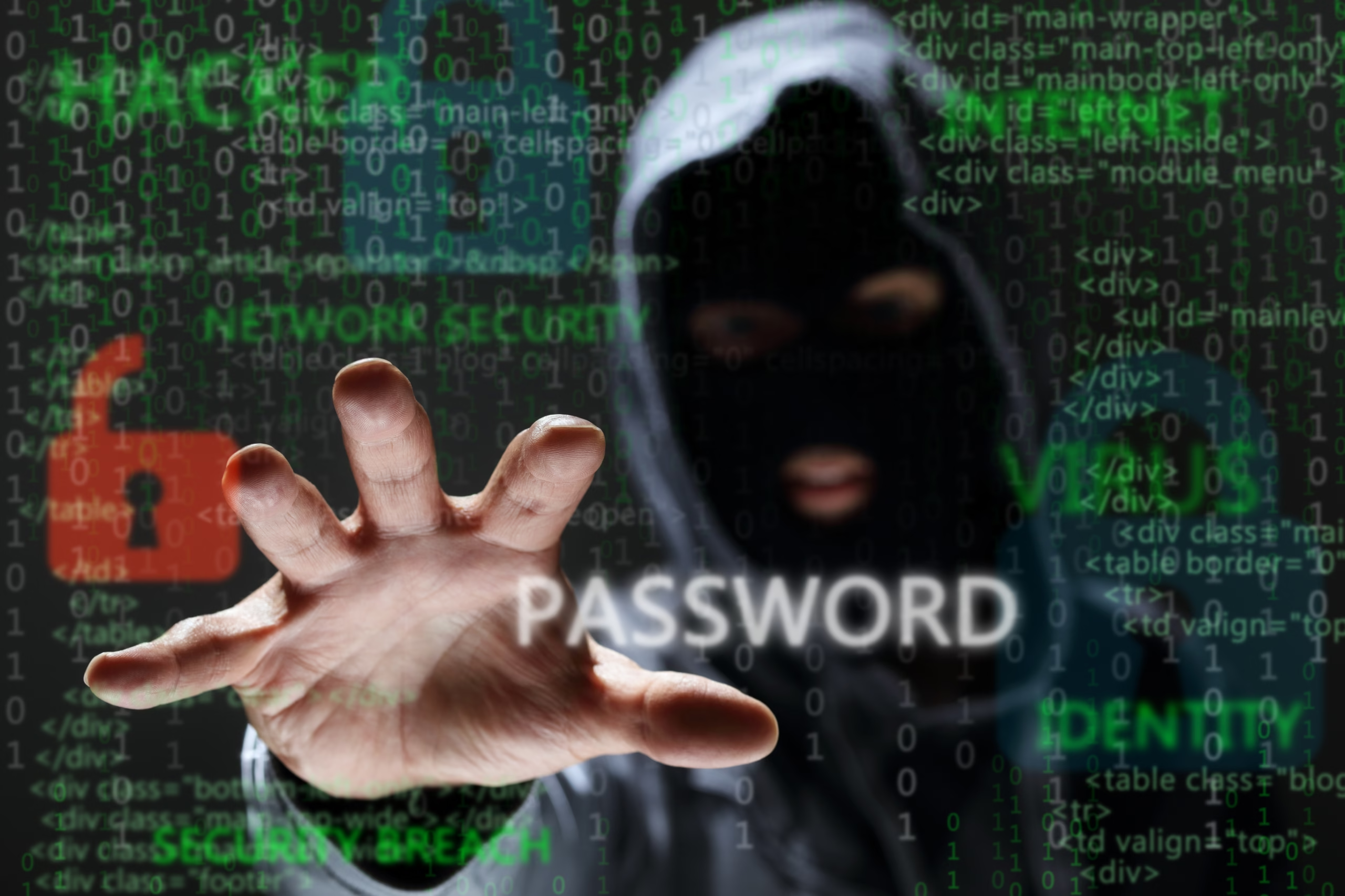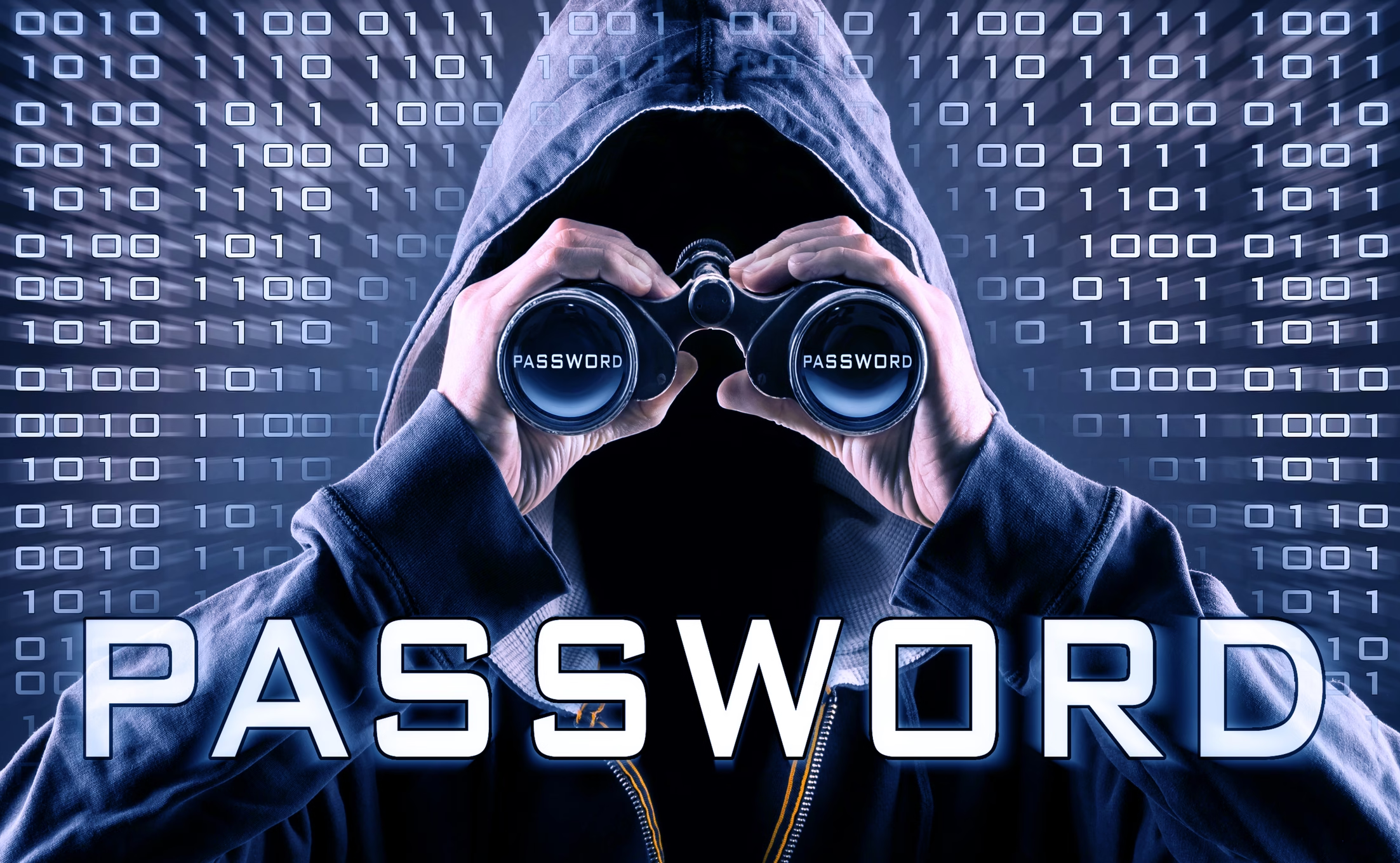
Passwords have long been the bedrock of digital security, but their limitations are increasingly evident in today’s landscape of numerous accounts and sophisticated cyber threats. Passkeys, offering versatile verification methods beyond traditional passwords, represent a promising solution.
Photolok exemplifies this innovation, seamlessly blending visual identifiers with traditional credentials to provide robust security and ease of use. Here’s what you need to know about the use of passkeys versus traditional passwords, and how Photolok can help improve your company’s cybersecurity.
Passwords have been a security measure in human society since ancient Roman society when a “watchword” was assigned to ensure that a soldier was actually enlisted with the unit they were attempting to join. The first digital password was created for a project by MIT professor Fernando Corbato in 1961, allowing several unique users to access the same device while keeping their personal information secure. Since then, passwords have been the standard for verification in the digital landscape.
A digital password acts in much the same way that a Roman watchword would, on a larger digital scale. The user creates an account with a service, assigning a unique word, phrase, or code to that account. When they attempt to access the account, they will be prompted to enter that password. The service then verifies what was entered against what is on file with the account and, if the information matches, the user is granted access to their data.
A study done by Dashlane in 2022 found that the average internet user has roughly 240 online accounts that require a password. The Cybersecurity and Infrastructure Security Agency of the United States offers guidance for creating and keeping secure passwords.
Password management software can help users organize their data and track their password usage.
In the modern world of digital interaction, passwords have begun to show significant drawbacks that make their use alone not sufficient as cybersecurity anymore.
With so many accounts under single users, it’s become increasingly difficult to come up with and keep track of unique, hard-to-crack passwords. Even with the use of random generation and a password manager, it’s relatively easy to forget, misplace, accidentally delete, or otherwise lose access to a password, rendering the relevant account inaccessible, which leads to the frustrating process of resetting a password. Statista reported that about 34% of the surveyed population (roughly 2000 respondents worldwide) had to reset at least one password around once per month, with 15% responding that they needed to reset passwords multiple times per week. This can cause delays in work, healthcare, school, banking, and other important online processes.
Cybercrime is also evolving at an alarmingly rapid pace in the 21st century. Phishing attacks for information have skyrocketed, with over five million attacks reported in 2023. Data leaks and breaches have accounted for the loss of millions of passwords as well; Surfshark reported that there was at least one breach per day on average in 2023. Beyond this, artificial intelligence and machine learning programs are becoming more advanced by the day. These programs can effectively process massive amounts of data quickly to crack passwords.
With all of these issues, services are more and more frequently relying on layered security systems on top of traditional passwords to protect their users, and some are opting out of using traditional passwords at all.
Newer methods for securing your data online often use passkeys rather than passwords. A passkey is a system where a key or piece of code interacts with another key to verify a user’s identity. The first key, a public key, stays with the larger system and is created when you create your account. The second key, a private key, stays with your unique device and can be used to access information.
When a user attempts to log into their account, the device communicates with the service and the service generates a security challenge. The private key is then used to resolve the security challenge, and when it’s sent back to the service, it is verified against the public key. If the verification is passed, the user gains access to their information.
Passkeys might look like backup codes, puzzles, security questions, facial ID, or fingerprint scanning, among other methods. Since they can be quickly and easily randomized with no need for a reset and sometimes rely on biographical or biometric information, passkeys are harder to crack, spoof, or circumvent than passwords, making them a more secure option.
Photolok is a user-friendly cybersecurity solution that redefines authentication by eliminating traditional credentials (passwords,biometrics, passkeys, etc.) with proprietary coded photos that are easy to remember and simple to use. Although Passkeys is gaining attention because they protect against Phishing, Passkeys do not protect against AI/ML attacks. In many respects, Passkeys are just a long password with special encryption, which is why it is installed in your device’s “password manager.” However, if you want superior security that is easy to use, Photolok is a better option.
Photolok protects against Phishing and, more importantly, protects against AI/ML attacks. Today, most governments and enterprises are trying to stop bad actors from using AI/ML tools by imposing safeguards against AI/ML use. For example, the FBI has stated that “AI has turbocharged cyber-attacks by giving bad actors the capability to produce authentic looking Phishing emails as well as reducing the time to write attack codes from 2 to 4 weeks to as little as 2 hours.” Therefore, if you are concerned about Phishing and other attack methods, you may want to learn more about Photolok.”
For a demonstration of Photolok and how it might work for your company, you can meet with the sales team.

Wrench attacks average more than 1 incident per week in 2025
K. Cromer, Netlok 9/8/2025 This analysis builds on Netlok’s ongoing research into wrench attac[...more]

Measuring MFA’s Defensive Muscle in 2025
A.R. Perez, Netlok. 7/8/2025 Multi-factor authentication (MFA) was once hailed as a near-perfect shi[...more]

The Rise of Deepfakes and Synthetic IDs Challenge Biometric Login Solutions
A.R. Perez, Netlok, July 1,2025 Understanding the Threat Landscape The emergence of sophisticated de[...more]

Password Theft Enables Faster and Broader User Exploitation
A.R. Perez, Netlok, June 2025 To enhance their performance, bad actors favor methods that increase t[...more]

Hackers Prefer Password Theft to Direct Technical Exploits
A.R. Perez, Netlok, June 24, 2025 Like most people and organizations, cybercriminals value their tim[...more]

How Crime-As-A-Service Has Turned Hacking Into A Subscription Business
A.R. Perez, Netlok, June 17, 2025 The pace of technological change is accelerating crime. For exampl[...more]

Why Family Offices Remain Unprepared Despite High Cyberattack Risks
A.R. Perez, Netlok, June 12, 2025 Despite facing significant cybersecurity threats, many family offi[...more]

Is Privacy Dead?
A. Perez, Netlok, 6/9/2025 Supreme Court Allows DOGE Access to Social Security Database: Privacy Imp[...more]

The Rise of Steganography Bots and AI: Strategic Analysis for 2025
Executive Summary The cybersecurity landscape has undergone a fundamental transformation as artifici[...more]